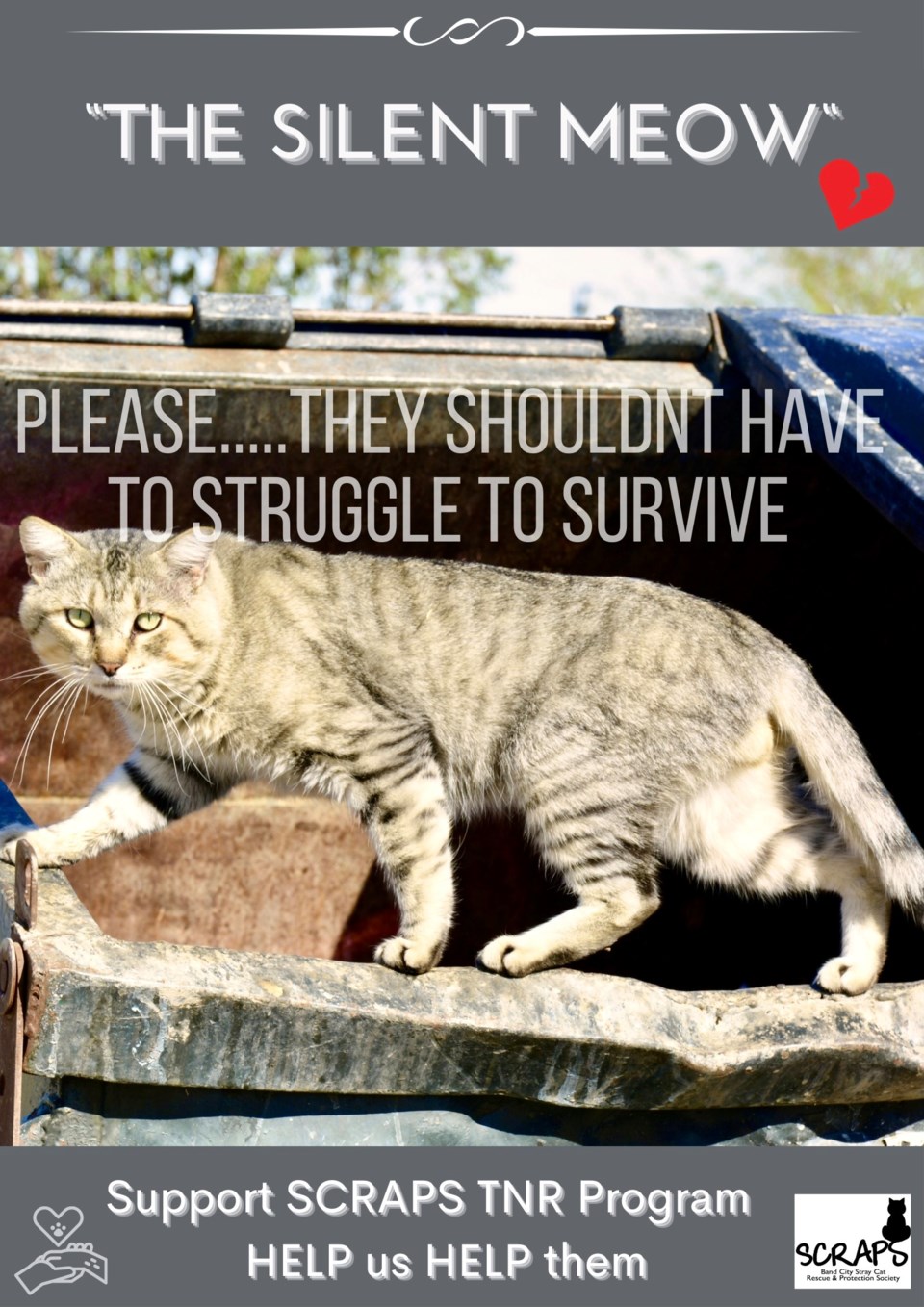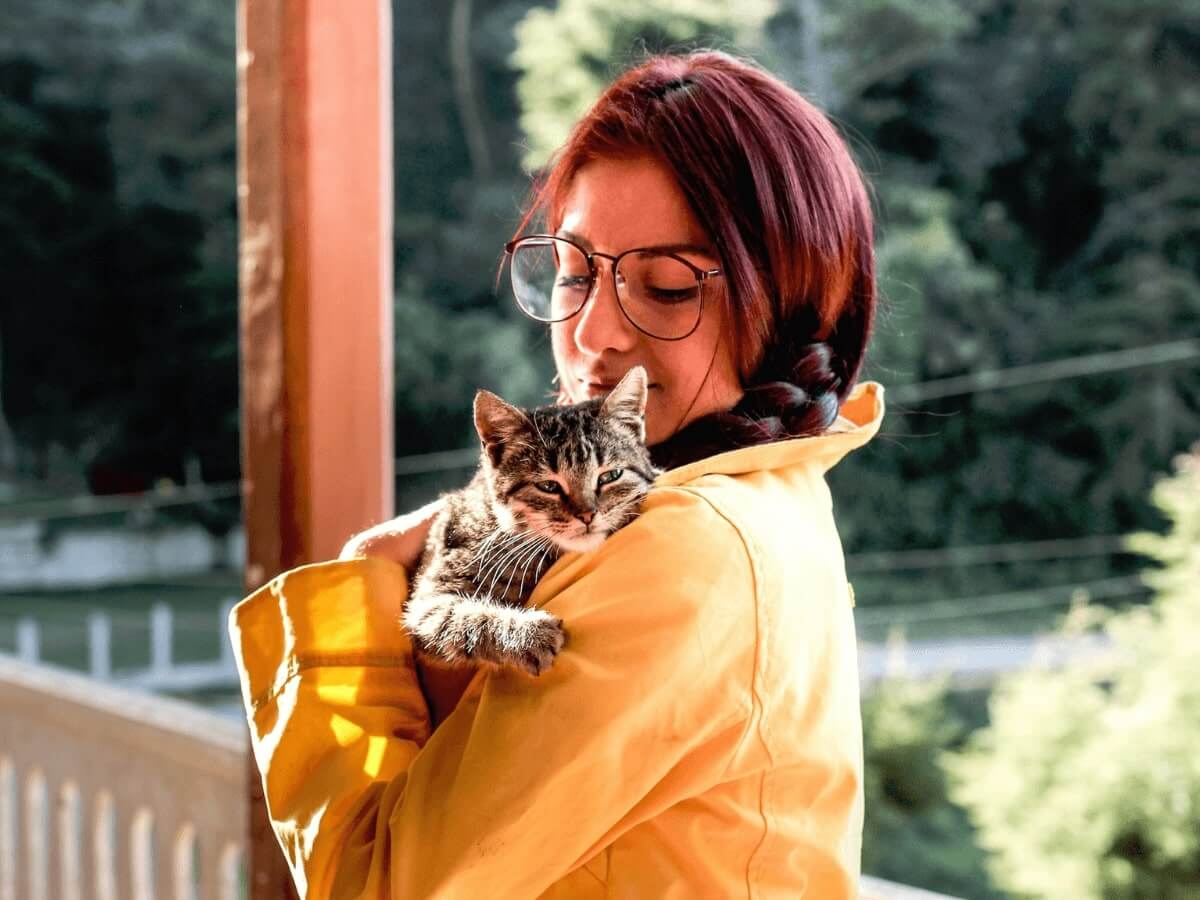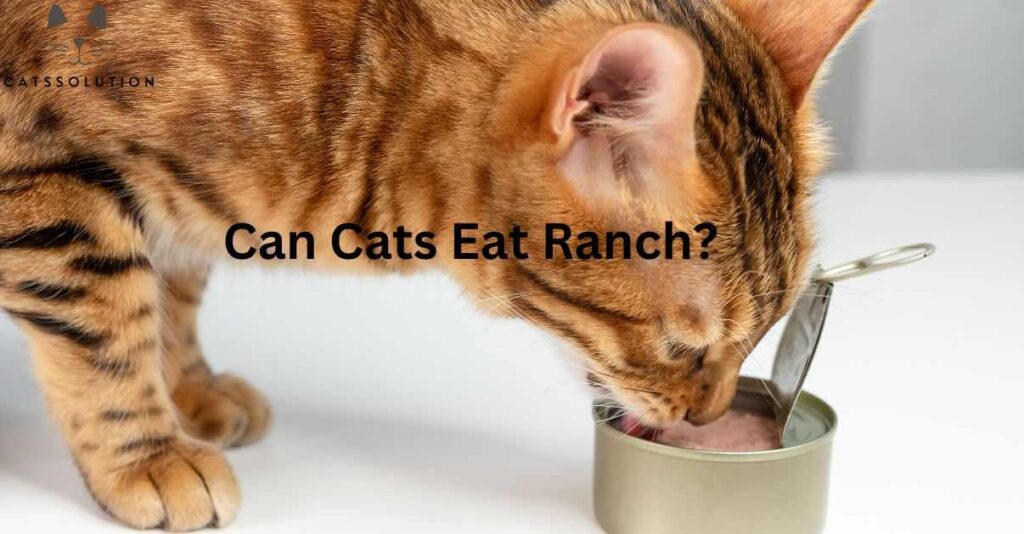Meowing helps cats communicate needs and emotions to humans, ensuring food, safety, and care. It strengthens the cat-human bond.
Cats are intelligent creatures with complex communication methods. Meowing is a versatile tool for survival in domestic settings. Cats use different meows to express hunger, distress, or affection. This vocalization bridges the gap between feline and human communication. By meowing, cats can signal their needs effectively, ensuring they receive timely attention and care.
This behavior increases their chances of survival in a domestic environment. Cats that communicate well with their owners are more likely to be well-fed, safe, and healthy. Understanding a cat’s meows can enhance the bond between cats and their human companions, leading to a harmonious living arrangement.
Contents
The Evolution Of Meowing
The meow is a fascinating vocalization that has evolved uniquely in cats. Understanding its evolution provides insights into how cats have used meowing to their advantage. Let’s explore this intriguing journey through two key stages: Origins and Domestication.
Origins
Wild cats rarely meow. They use other sounds like hisses or growls. The meow likely began as a way for kittens to communicate with their mothers. Kittens meow to signal hunger, cold, or distress. This vocalization was essential for their survival. It ensured they received the care they needed.
Domestication
As cats started living with humans, their meowing evolved. They began to meow more frequently to communicate with us. Humans respond to meows, just as mother cats do. This communication helped cats get food, shelter, and attention. Over time, cats that meowed effectively had better chances of survival.
Here’s a table summarizing the differences between wild and domestic cats’ meowing behaviors:
| Aspect | Wild Cats | Domestic Cats |
|---|---|---|
| Frequency of Meowing | Rarely | Often |
| Purpose | Kitten-mother communication | Human-cat communication |
| Survival Role | Minimal | High |
Through domestication, cats have fine-tuned their meows. This helps them form stronger bonds with humans. The evolution of meowing shows how adaptable and intelligent cats are.

Credit: www.walmart.com
Types Of Meows
Cats use different types of meows to communicate. Each meow has a purpose. Understanding these meows can help you understand your cat better. Let’s explore the types of meows and their meanings.
Short Meows
Short meows are brief and sharp. They often signal a cat’s needs or desires. Here are some common short meows:
- Greeting Meow: A quick “hello” from your cat.
- Attention Meow: Your cat wants you to notice them.
- Playful Meow: An invitation to play.
Short meows are easy to recognize. They are usually high-pitched. Pay attention to these sounds to understand your cat’s mood and needs.
Long Meows
Long meows are drawn-out and can indicate different emotions. Here are some examples:
- Hunger Meow: A long meow asking for food.
- Lonely Meow: Your cat feels alone and wants company.
- Complaint Meow: Expressing discomfort or dissatisfaction.
Long meows often carry more emotion. Listen to the tone. It can tell you a lot about your cat’s feelings.
| Type of Meow | Meaning |
|---|---|
| Short Greeting Meow | Your cat is saying “hello”. |
| Short Attention Meow | Your cat wants you to notice them. |
| Long Hunger Meow | Your cat is asking for food. |
| Long Lonely Meow | Your cat feels alone and wants company. |
Understanding the types of meows can improve your bond with your cat. It helps in knowing their needs and emotions better.
Meowing For Attention
Cats use meowing as a powerful tool to communicate their needs. Meowing helps them get what they want. This behavior, especially with humans, has evolved over time. Cats have learned that meowing gets them attention, food, or comfort. Let’s explore how meowing works for cats in different scenarios.
Human Interaction
Cats meow to interact with humans. They know we respond to these sounds. Meowing is their way of saying, “Notice me!” or “Feed me!” Cats have different meows for different needs. Some are loud and demanding; others are soft and gentle. Each cat has its unique meow, just like humans have unique voices.
| Type of Meow | Meaning |
|---|---|
| Short meow | Greeting |
| Long, drawn-out meow | Request or demand |
| Rapid-fire meows | Excitement or urgency |
Human interaction is vital for cats. They meow to show emotions or needs. Cats know we will respond to their sounds. This mutual understanding strengthens the bond between cats and humans.
Other Animals
Cats also use meowing to communicate with other animals. Meowing can signal various things. For example, a cat might meow to show dominance. They might also meow to invite play. Meowing can warn other animals to stay away.
- Dominance: A loud meow can make other animals back off.
- Playfulness: A soft meow can invite playtime.
- Warning: A sharp meow can signal danger or discomfort.
Meowing is not just for humans. It helps cats interact in their animal world. This communication is crucial for their survival and social structure.

Credit: www.moosejawtoday.com
Meowing For Food
Cats use meowing to communicate with humans. One key reason for this is to signal hunger. Understanding these signals helps us provide timely meals and maintain their health.
Hunger Signals
Cats have specific meows to tell us they are hungry. These meows are often louder and more persistent. They may also combine meowing with other behaviors.
- Rubbing against your legs
- Following you around
- Looking at their food bowl
Recognizing these hunger signals ensures cats get food when needed.
Feeding Time
Feeding time is crucial for a cat’s routine. Regular mealtimes help cats feel secure. It also helps avoid overeating or under-eating.
Creating a feeding schedule involves:
- Setting specific times for meals
- Using a consistent location for feeding
- Providing the right portion sizes
Consistency in feeding time helps reduce meowing for food outside of meal times.
Meowing As A Warning
Cats have an incredible way of communicating through meows. They use their voices to alert others to danger. This warning system plays a vital role in their survival. By meowing, cats can convey immediate threats or discomfort. Let’s explore how meowing as a warning helps cats in various situations.
Territorial Threats
Cats are very territorial creatures. They like to have their own space. When an intruder enters their territory, cats will often meow loudly. This meow serves as a warning to the intruder. It tells them to stay away. If the intruder ignores this warning, the cat may become more aggressive. The meow helps avoid physical confrontation. It keeps both cats safe.
Physical Pain
Cats also use meowing to signal physical pain. If a cat is hurt, it will meow to let you know. This meow is different from their normal sounds. It is more urgent and louder. It helps you understand that something is wrong. By meowing, the cat asks for help. This can be crucial for their survival.
A loud, urgent meow might mean a broken bone. A softer, continuous meow might indicate sickness. This warning allows you to take action quickly. The faster you respond, the better for the cat’s health.

Credit: www.usatoday.com
Meowing In Social Situations
Cats use meowing to communicate with humans and other cats. This vocalization plays a crucial role in their social interactions. Meowing helps them express needs, emotions, and establish connections. Let’s explore how cats use meowing in different social contexts.
Greeting Rituals
Cats often meow to greet their owners. A friendly meow can mean “hello” or “welcome back”. It shows that your cat recognizes you and is happy to see you. Some cats will even meow when they see another cat they like. These meows help establish a positive relationship.
Bonding
Meowing helps strengthen the bond between cats and their owners. A cat might meow to get your attention. This can be for play, food, or simple companionship. Responding to these meows can deepen your relationship.
Kittens meow to their mothers for care and comfort. This behavior can continue into adulthood. Adult cats might meow to their human “parents” for the same reasons. This vocalization fosters a sense of security and belonging.
Here’s how meowing helps in bonding:
- Attention: Cats meow to draw your focus. This strengthens your connection.
- Affection: Meows can be a way to show love and affection.
- Communication: Meowing helps cats convey their feelings and needs.
Understanding your cat’s meows can improve your relationship. Listen carefully and respond appropriately to build a stronger bond.
Decoding Your Cat’s Meows
Cats use meowing to communicate with humans. Understanding these meows can help you bond with your cat. Meows can convey various needs and emotions.
Tone Variations
Cats change their meow tones to express different feelings. A short, high-pitched meow often means they are happy or excited. Long, drawn-out meows usually signal they are hungry or want attention. Low-pitched meows may indicate discomfort or annoyance.
| Meow Type | Meaning |
|---|---|
| Short, high-pitched | Happiness or excitement |
| Long, drawn-out | Hunger or attention-seeking |
| Low-pitched | Discomfort or annoyance |
Context Clues
Observe your cat’s behavior and environment. This helps decode their meows. If your cat meows near their food bowl, they are likely hungry. Meowing at the door might mean they want to go outside.
- Near food bowl: Hunger
- At the door: Wants to go outside
- Next to you: Seeking attention or affection
Pay attention to body language too. A cat rubbing against you while meowing usually wants affection. A cat with flattened ears and low-pitched meows might feel threatened.
- Observe the environment
- Watch for body language
- Listen to tone variations
Understanding these clues helps you respond better to your cat. This strengthens your bond and keeps your cat happy.
Training Cats With Meows
Cats use meowing as a tool to communicate with humans. Training cats with meows can enhance your bond and make life easier. Understanding how to use meows effectively can be a game-changer for cat owners.
Positive Reinforcement
Using positive reinforcement can teach cats to meow on command. Reward your cat with treats when it meows. This creates a positive association with the action.
Here’s a simple way to get started:
- Wait for your cat to meow naturally.
- Immediately reward with a treat.
- Repeat this process several times a day.
Keep training sessions short and fun. Consistency is the key to success. Your cat will soon learn that meowing brings rewards.
Behavioral Cues
Cats can learn to use meows as behavioral cues. You can train them to meow for specific needs. For example:
| Behavior | Meow Cue | Reward |
|---|---|---|
| Hunger | Short meow | Food |
| Playtime | Long meow | Interactive toy |
| Attention | Soft meow | Petting |
Start by associating specific meows with specific actions. When your cat meows in a certain way, respond with the corresponding reward. This method helps the cat understand what each meow means.
Meowing can be a powerful tool for communication. Training with meows not only helps your cat but also strengthens your relationship.
Frequently Asked Questions
Why Do Cats Do Mewing?
Cats meow to communicate with humans. They express needs, emotions, or seek attention. Kittens meow to their mothers.
Why Will My Cat Not Stop Mewing?
Your cat may be meowing due to hunger, thirst, stress, or seeking attention. Medical issues might also cause excessive meowing.
At What Age Do Kittens Stop Mewing?
Kittens typically stop mewing as much around 6 months old. They may still meow occasionally as adults.
What Body Parts Help Cats Survive?
Cats survive using their sharp claws, keen eyesight, sensitive whiskers, strong muscles, and flexible spine. These body parts enhance hunting, balance, and agility.
Conclusion
Meowing plays a crucial role in a cat’s survival. It helps them communicate needs, establish territory, and build bonds. Understanding meowing can enhance your relationship with your feline friend. By paying attention to their vocal cues, you can better meet their needs and ensure their well-being.

Katie Lindsey is a passionate cat lover and founder of Cats Solution, a comprehensive resource for all things feline. With a lifelong love for cats and extensive knowledge in their care and behavior, she provides expert advice and solutions to cat owners. Through her website, Katie fosters a supportive community where cat enthusiasts can find guidance and heartwarming stories. A dedicated advocate for animal welfare, Katie also promotes responsible pet ownership and adoption. Join her on this purr-fect journey celebrating the joy of feline companionship.



